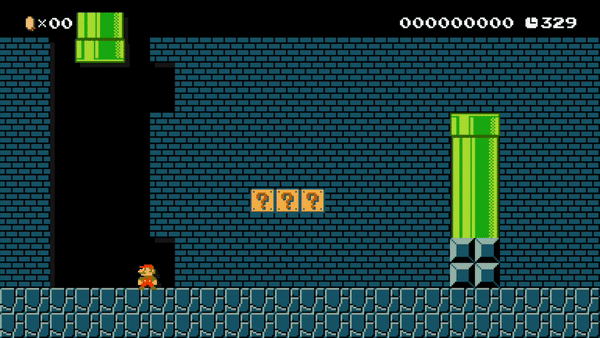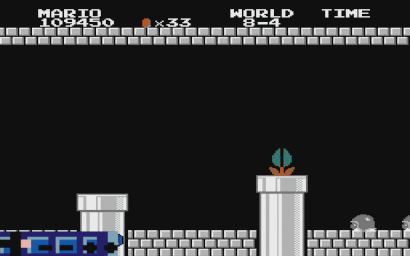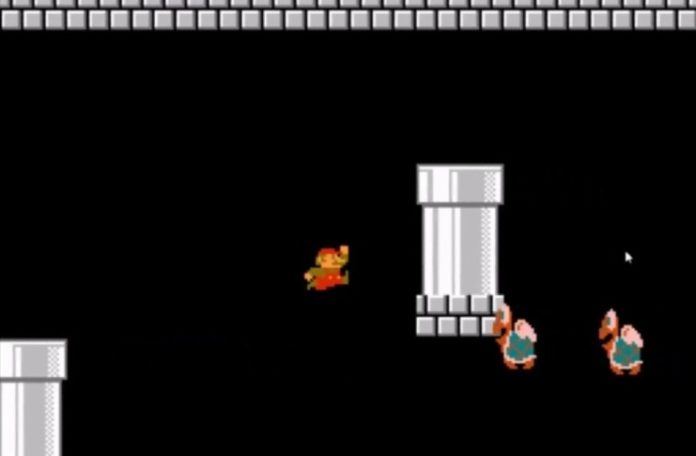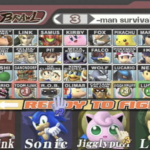When one thinks of walljumping and Mario, they immediately think of Super Mario 64, which introduced the classic wall jumping mechanic that has become a staple of the series.
Wall jumping in speedrunning, however, is a different technique when we start talking about Super Mario Bros. This is a much more difficult tech to pull off, but it’s absolutely necessary at the highest levels of play.
Wall Jumps in SMB1
Wall jumps work much differently in Super Mario Bros. and they are primarily centered around the walljump pixel. A walljump pixel is located between every block tile in Super Mario Bros. or every 16 pixels. Wall jumps are performed by clipping into that specific pixel, which allows players to perform another jump from that pixel.

Sounds easy right? No? Well, too bad, it gets more complicated.
Clipping into the walljump pixel requires a certain amount of horizontal speed which is measured by subpixels. Subpixels are positional components that aren’t actually rendered on the screen; there are 16 subpixels for every pixel rendered. This plays out in Mario’s movement; the subpixels allow Mario to move slowly and pick up speed at a much more realistic pace than what the pixels on screen could demonstrate.
Walljumps in SMB1 involve manipulating subpixel values. By moving to the left, you decrease a subpixel value, and by moving to the right (or jumping into a wall) you increase it.
So to pull off a walljump, you want to move to the left just enough so that the value decreases, and then jump into walljump pixel; this will cause the subpixel value to carry over and allow Mario to “clip” into the wall that would otherwise push him out if he jumped into it normally. By manipulating the subpixels, you can essentially create the space needed to walljump.
This Sounds Hard. How Do People Do The Wall Jump In SMB1?

It is very hard. However, it’s not impossible, and top speedrunners can do it quite consistently because of a few factors:
For one, the room that most players have to do a wall jump is in 8-4; this room is relatively simple in that you can run most of the way through without stopping; this allows players to know which subpixel they are on, and they can manipulate accordingly. Basically, once you learn how to do it once, you can just practice and perfect it.
Two, there is a visual marker players can use for the wall jump: you generally want to jump so that Mario’s feet land on the walljump pixel. This is the best way to visualize how Mario should be leaping into a wall. And assuming you have the right subpixel value, this marker will help you get the right jump angles down.
Wall jumps are a difficult and unforgiving part of Super Mario Bros. speedrunning; however, learning how to do them and also learning how they work is integral to mastering this game.











